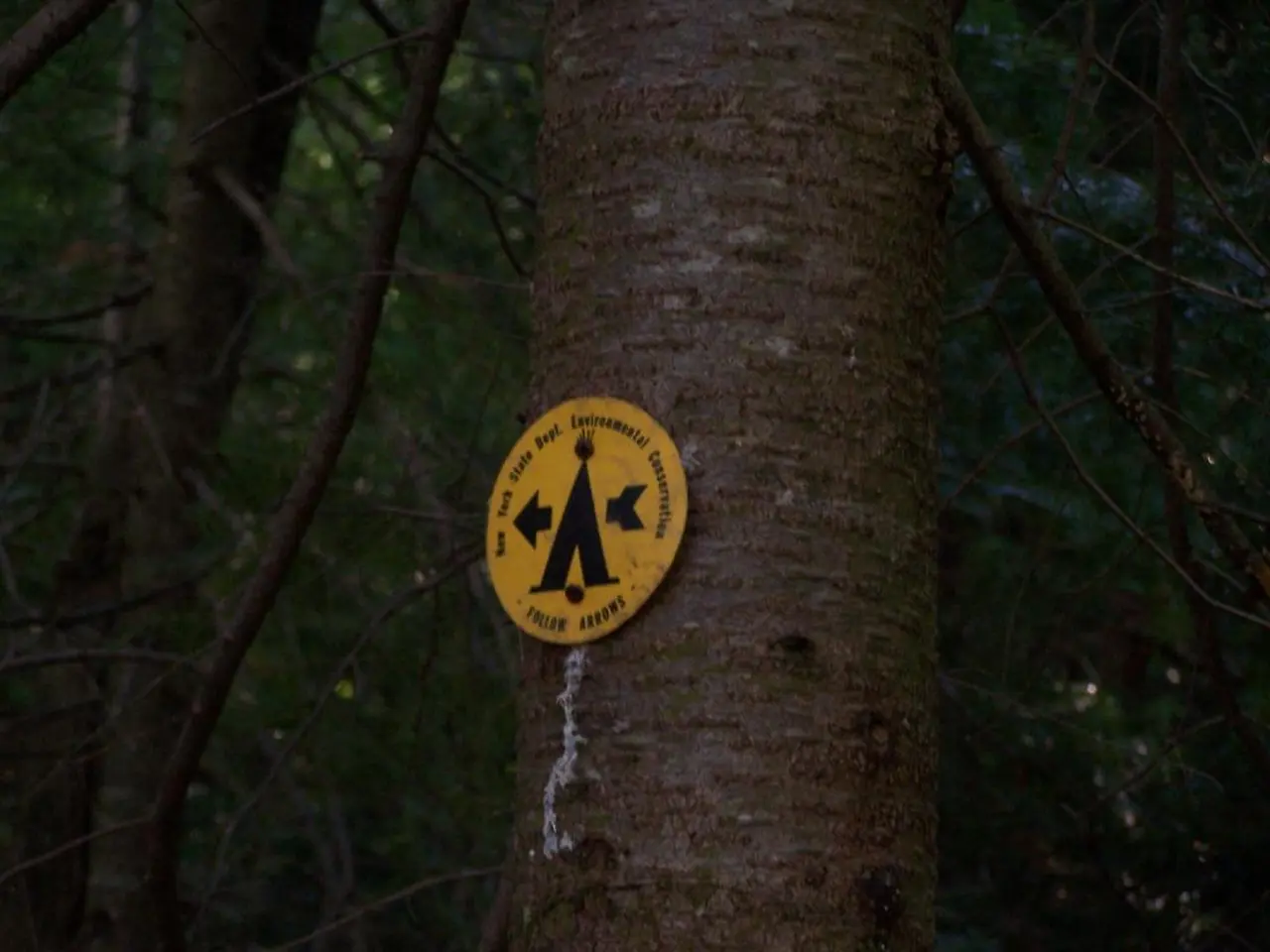Neighborhood dispute resolved: Local disagreement concluded following an informant's report
Neighbor Dispute Over Serbian Spruce Tree in Bavaria Dismissed
In a recent development, a neighbor in Bavaria, Germany, cannot legally demand the felling of a Serbian spruce tree based on allegations that it interferes with TV reception.
The Serbian spruce, standing tall in Annemarie P.'s garden, has been the subject of contention between Annemarie and her neighbor. The neighbor, who recently bought a top-of-the-line TV, claims the tree is obstructing his satellite dish reception. However, German law does not provide neighbors with a general right to remove or cut down another person's tree based on interference with television or radio signals.
Legally, trees on private property are protected as part of private property rights, and interference with TV reception due to a neighbor's tree is usually not grounds for compulsory removal. Such cases, if disputed, typically require mediation or a court decision considering local regulations, mutual neighborly rights, and the proportionality of the claim. Usually, the tree owner must tolerate some degree of inconvenience like shading or signal disturbance unless the tree causes health risks or safety hazards.
In Bavaria, forestry and environmental protection laws also influence tree removal. Illegal or arbitrary felling without permission can lead to penalties. Sustainable forestry and conservation practices have been strongly emphasized in Germany, including Bavaria.
If a dispute arises, the neighbor complaining about the Serbian spruce might seek to negotiate or raise the issue with local authorities or courts, who will weigh factors such as the tree’s importance to the environment, property rights, and the severity of interference. However, simply citing TV reception interference is generally insufficient legal basis to order tree felling.
Annemarie P.'s daughter, who owns the house and property, wants the tree to stay standing. The late husband of Annemarie planted the Serbian spruce at least 30 years ago, and it towers over Annemarie's small house. A crown reduction of a Serbian spruce as a conifer would violate an existing tree protection regulation.
In a relief for Annemarie, the neighbor has not said anything since the information was shared about the regulations on proper distance. The distance between the Serbian spruce and the property boundary is 4 to 5 meters, which is further than the legal limit that applies to trees and shrubs in Bavaria.
This dispute serves as a reminder that large trees on neighboring properties can often cause disputes between neighbors, according to Rudolf Stürzer, chairman of Haus + Grund München, an expert on neighborhood disputes. However, in this case, the neighbor's claim is invalid, and the Serbian spruce is safe for now.
[1] German Law Journal, "Neighborly Rights and Trees: A Balancing Act" [2] Bavarian Forestry Law [3] German Nature Conservation Act [4] Bavarian Environmental Protection Act [5] German Tree Protection Regulations
The ongoing dispute over the Serbian spruce tree between Annemarie P. and her neighbor is not solely about TV reception, as this type of interference does not typically warrant compulsory tree removal under German law. Instead, a lifestyle asymmetry might be at play, with Annemarie maintaining her home-and-garden design incorporating the mature Serbian spruce, while the neighbor's home décor and preference for unobstructed satellite dish reception seem at odds with it.




